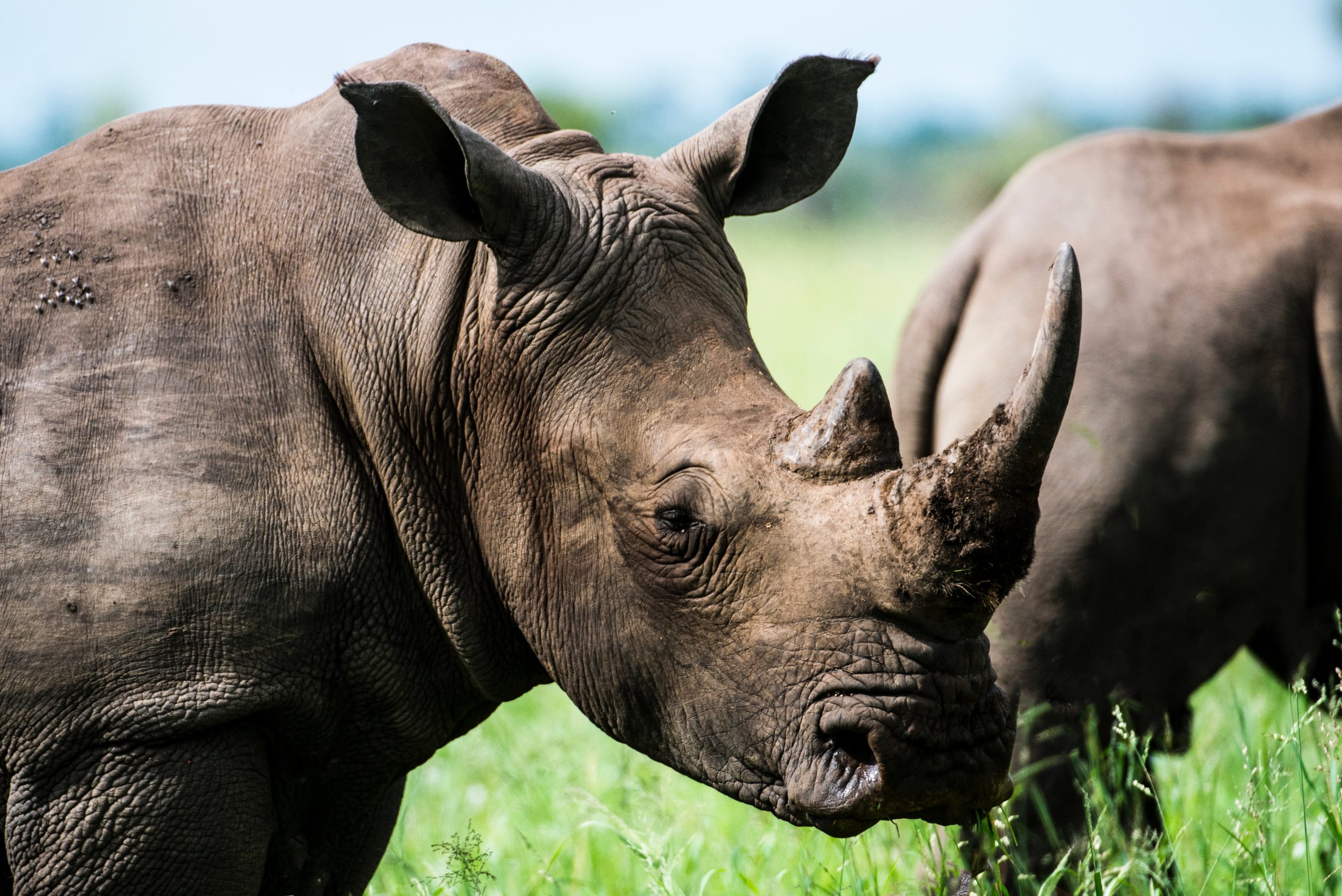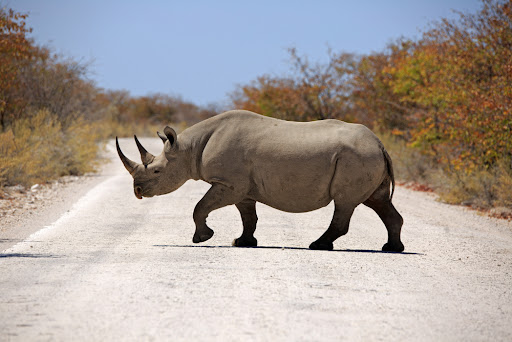During its 68th session in 2013, the United Nations General Assembly (UNGA) declared March 3rd World Wildlife Day. To emphasize the importance of the protection of the World’s wild animal species and plants. The Convention on International Trade in Endangered Species of Wild Fauna and Flora (CITES) was founded on March 3rd, 1973. CITES works as an international agreement to oversee the exchange of different wildlife species and prevent them from being misused. According to the International Union for Conservation of Nature’s (IUCN) Red List of threatened species, around 40,000 thousand wildlife species are in severe danger of extinction. As a result, it requires a call to action to take necessary steps to save endangered wildlife before it’s too late. World Wildlife Day 2022 is an important event all around the world. The main focus this year is on a single theme: “Recovering key species for ecosystem restoration”.
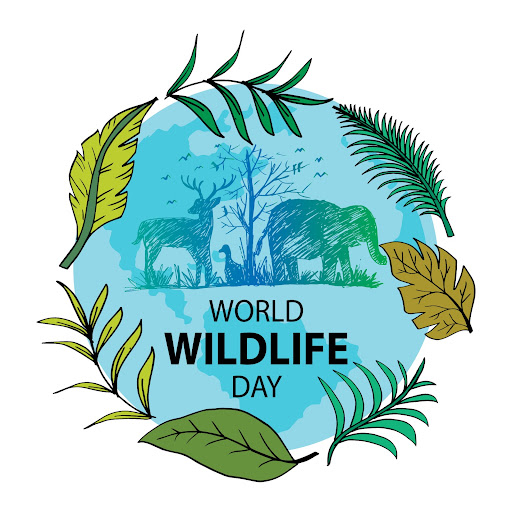
Wildlife and Sustainable Tourism for World Wildlife Day 2022
One of the world’s largest industries, tourism offers unique opportunities to local communities and to travelers around the world. Also, modern tourists are becoming more aware of their influence and are concerned about the protection of wildlife. Therefore, it serves as a great platform to raise awareness of the conservation of wildlife worldwide through tourism organizations. Tourism conservation in protected areas can help communities and biodiversity.
The endangered Black Rhino in AfricaTourism organizations can play an important role in raising awareness for the extinction of endangered species of wild flora and fauna. As the tourism industry advances, the impact of tourism also expands to a greater extent in the tourism community and wildlife. Solimar International believes in the role of tourism in the protection of wildlife via the sustainable development of tourism. Recently, Solimar International successfully conducted a project on behalf of the World Wildlife Fund’s (WWF) conservation travel program in Bhutan, Nepal, and Peru. This project helped WWF facilitate sustainable travel and motivate them to take country-specific initiatives, taking into account local cultures and traditions.
Community Tourism and Wildlife Conservation
Forests are home to three-quarters of the world’s species. However, deforestation and animal hunting still exists in some parts of the world. A reason for that is the too much dependency of some communities on natural resources. As a consequence, it is creating severe problems for some endangered wildlife species.
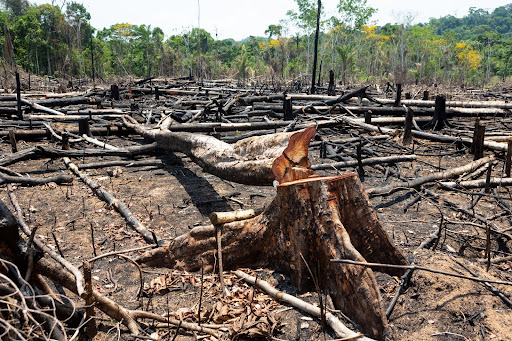
The protection of biodiversity is of immense importance for any community. It is vital that people are conscious about their actions and acknowledge endangered animal species are valuable. Hence, raising awareness among community members about protected area conservation requires environmental education and awareness campaigns. Solimar International prioritizes the conservation of protected areas, along with benefiting the host destination’s inhabitants with financial prosperity.
We believe in sustainable economic growth, as well as the conservation of wildlife. As part of the USAID-funded Liberia Conservation Works program, Solimar is working to engage local communities in the management of their protected areas. We believe the project will serve various purposes: conserving Liberia’s rich biodiversity, restoring the ecosystem, and empowering the local community.
World Wildlife Day Calls for Community Involvement
Wildlife conservation and restoration of nature are hugely dependent on the understanding that communities are the main beneficiaries of natural resources. As the human population increases and human consumption of natural resources also rise, harming global biodiversity. Solimar believes in using tourism sustainable development in the protection of natural resources. We consider sustainable tourism for the conservation of wildlife and also to help the communities be the stewards of their own local tourism development.
Our Tourism Conservation Models focus on the improvement of biodiversity and make communities informed of environmental aspects. Although, communities are not homogeneous, and the level of awareness of residents differs on social awareness. However, Our on-site assessment helps us to undertake thorough research about a tourism destination.
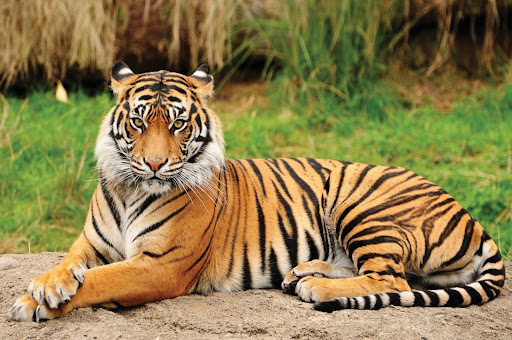
Our Bengal Tiger Conservation activity is an ideal model for creating awareness of communities in the Sundarbans. The Sundarbans are listed in the World’s heritage list. The Sundarbans Reserve Forest (SRF) is known as the home of various endangered species of the world. The SRF consists of exceptional biodiversity and is a useful resource for Bangladesh. Our goal was to encourage communities to participate in the protection of the Bengal tigers and the biodiversity of the forest.
We are currently working on another USAID project to continue the development of the Sundarbans as a sustainable tourism destination. Our objective is to improve tourism governance and facilitate a better conservation system in the world’s largest mangrove forest system.
As the tourism industry continues to play a significant role in the world’s economy, we must join forces around the globe to help ensure wildlife protection. Throughout our projects, we strive to facilitate the preservation of biodiversity while supporting surrounding communities at the same time.
